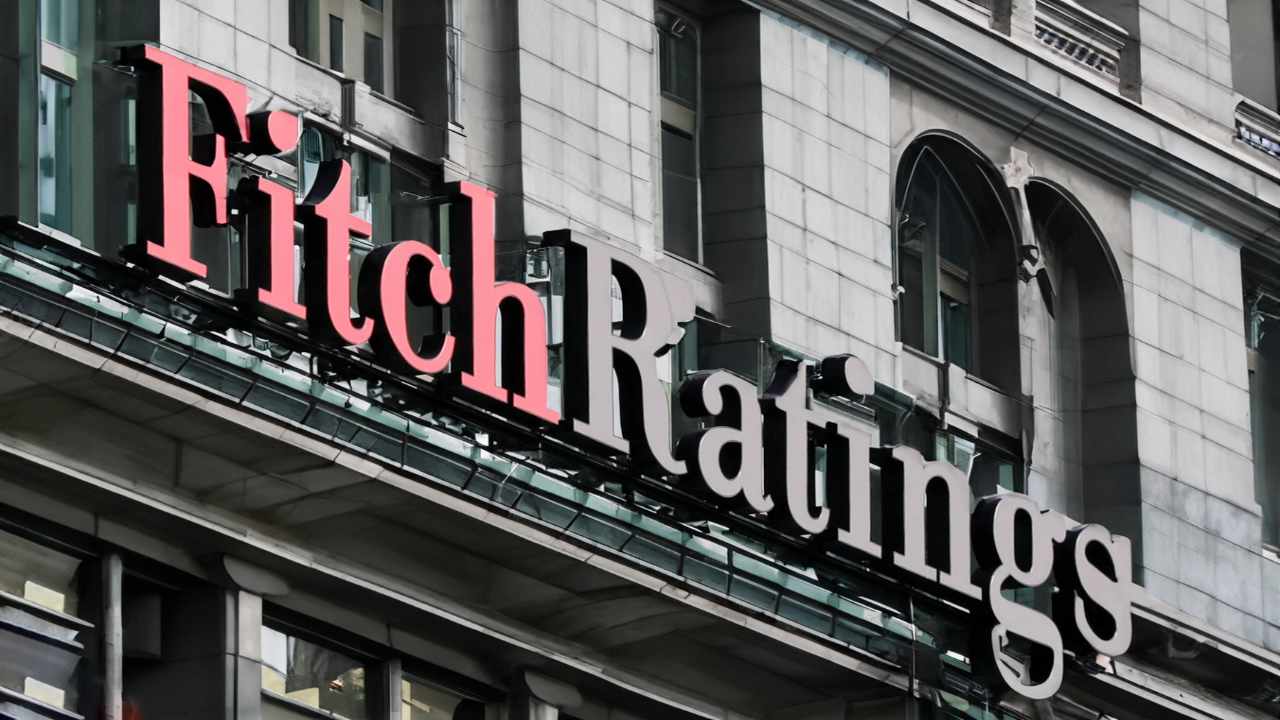Fitch Ratings has released a note recognizing the impact of the earthquake on Morocco’s fiscal deficit while reassuring remittances from Moroccans abroad and the IMF’s credit lines would offset liquidity concerns.
The earthquake that struck late on September 8 killed some 3000 people and destroyed nearly 60,000 homes in the High Atlas Mountains.
Morocco has unveiled a $11.7 billion reconstruction and infrastructure upgrade plan for the affected provinces.
“We expect the government will have access to additional external funding, which will help to offset reconstruction costs and higher borrowing requirements,” the credit rating agency said.
It noted that the IMF-WB annual meetings in Marrakech would be a chance to reveal additional funding for Morocco in the wake of the disaster.
“External liquidity pressures are unlikely to be significant,” it said, recalling that the north African country has a two-year flexible credit line with the IMF – approved by the IMF board in April 2023 – worth around $5 billion, which the authorities could look to draw upon if they wished.
“We also anticipate an increase in remittance and donations in the short-term as the large Moroccan diaspora is likely to send aid to their families, as occurred during the Covid-19 pandemic,” it said.
Remittances in 2022 were equivalent to around 8.3% of GDP, and were already up by 10% yoy in January-July 2023, to MAD66.0 billion.
“Tourism remains an important driver for economic growth and foreign-currency earnings. The quake may set back the post-pandemic recovery, but receipts had already increased by 50.9% yoy in January-July, taking them well above pre-pandemic levels,” it said.
Prior to the quake, the government had planned to narrow the budget deficit to 4.5% of GDP in 2023 and 4% in 2024, though in June Fitch forecast slightly higher deficits of 4.9% and 4.4%, respectively, partly to reflect the impact of inflation pressures on spending.



